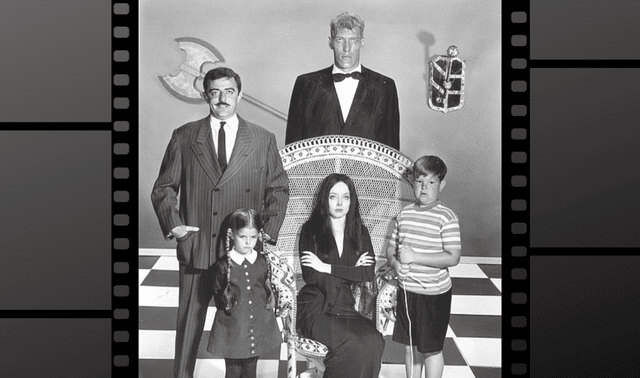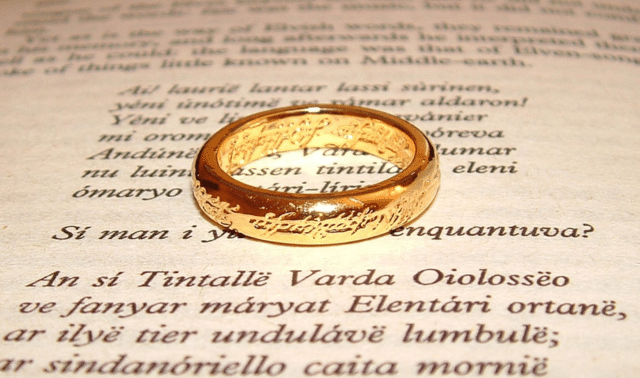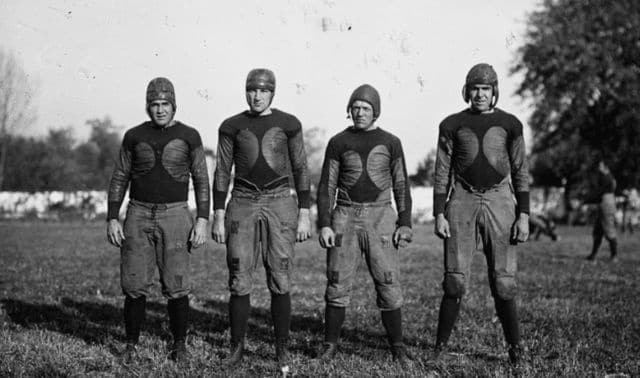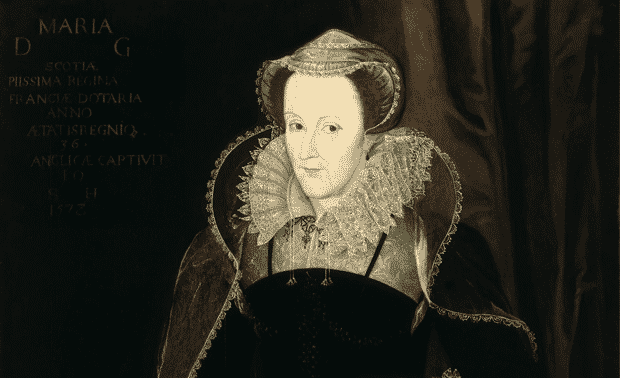Sign up for the Family Tree Newsletter Plus, you’ll receive our 10 Essential Genealogy Research Forms PDF as a special thank you!
Get Your Free Genealogy Forms
"*" indicates required fields
There’s a lot more to Halloween than just candy and costumes! This spooky holiday has a long history, as well as a rich ethnic background. That got us thinking—if Halloween were to take a DNA test, what would the results look like?
Of course, because we are not official Halloween historians, these numbers are just for fun and our best guess at what the results would be.
40% British Isles – Samhain
Most agree that the majority of Halloween’s DNA would come from the British Isles. This is because Halloween’s beginning is most often attributed to the Gaelic festival Samhain (pronounced SAH-win). Celebrated from October 31 to November 1, it marked the official end of the harvest season and the beginning of the darker half of the year.
ADVERTISEMENT
Samhain was a night when the boundaries between worlds were blurred, and it was believed that spirits could cross between them more easily. Offerings of food were left out for the spirits, some of which were the souls of past relatives seeking comfort. Others were faeries or nature spirits. People wore disguises of animal masks and fur, hoping to trick the spirits into thinking they were one of their own and would therefore leave them alone.
27% Italy/Greece – All Saints’ Day
Although Halloween has pagan origins, it owes its name to its Christian roots. While Catholicism is not an ethnicity, the Catholic observance of All Saints’ Day has played a large role in the formation and expansion of Halloween. This holiday is meant to honor the saints, or those who have died and achieved communion with God in Heaven. Indeed, “Hallow” translates to “holy,” and the suffix –een refers to evening which gives us Halloween. The Scottish variation of the Eve of all Hallows became Halloween.
All Saints’ Day is traditionally celebrated with food and parades where children often dress as saints. Because the Catholic Church calls Rome its home, we attributed this part of Halloween’s DNA to Italy and Greece.
ADVERTISEMENT
It is also theorized that Halloween has some of its origins in the ancient Roman festival honoring Pomona, the goddess of fruit and fruit trees. Often associated with apples, it is thought that the tradition of bobbing for apples came from this Roman goddess.
15% Eastern Europe – Dziady
Sometimes called “the Polish Halloween,” Dziady (JAH-dyh) is an ancient Slavic feast honoring the souls of the dead. Much like the Samhain, it was believed that spirits were able to walk among the living during Dziady. This holiday was celebrated by ritual feasts held at burial grounds and leaving offerings of food to the souls of ancestors. Traditional wooden or clay masks, called Karaboshka masks, were worn to impersonate the dead. Some scholars have suggested that these masks inspired our modern Jack-O’-Lanterns.
10% Mexico – Mictecacihuatl Feast
In ancient Aztec society, a late-summer festival was held each year to honor the goddess Mictecacihuatl, or “the Lady of the Dead.” Mictecacihuatl ruled over the underworld and was tasked with the duty of watching over the bones of the deceased. These ancient traditions merged with the Catholic traditions brought by the Spanish. While it’s certainly possible that Halloween was influenced by these two “parent” traditions, especially with their emphasis on bones and skulls, the more tangible result of this combination is Mexico’s Dia de los Muertos, or Day of the Dead. (Which, for our purposes, we will consider a “cousin-holiday” to our Halloween!)
Uncertain – 5%
Although there are many ancient festivals that could have contributed to the Halloween we know today, we have limited our research to those considered most likely. After all, as with all DNA tests, answers must be taken with a grain of salt!
Related Reads
Last updated, October 2021.
ADVERTISEMENT







